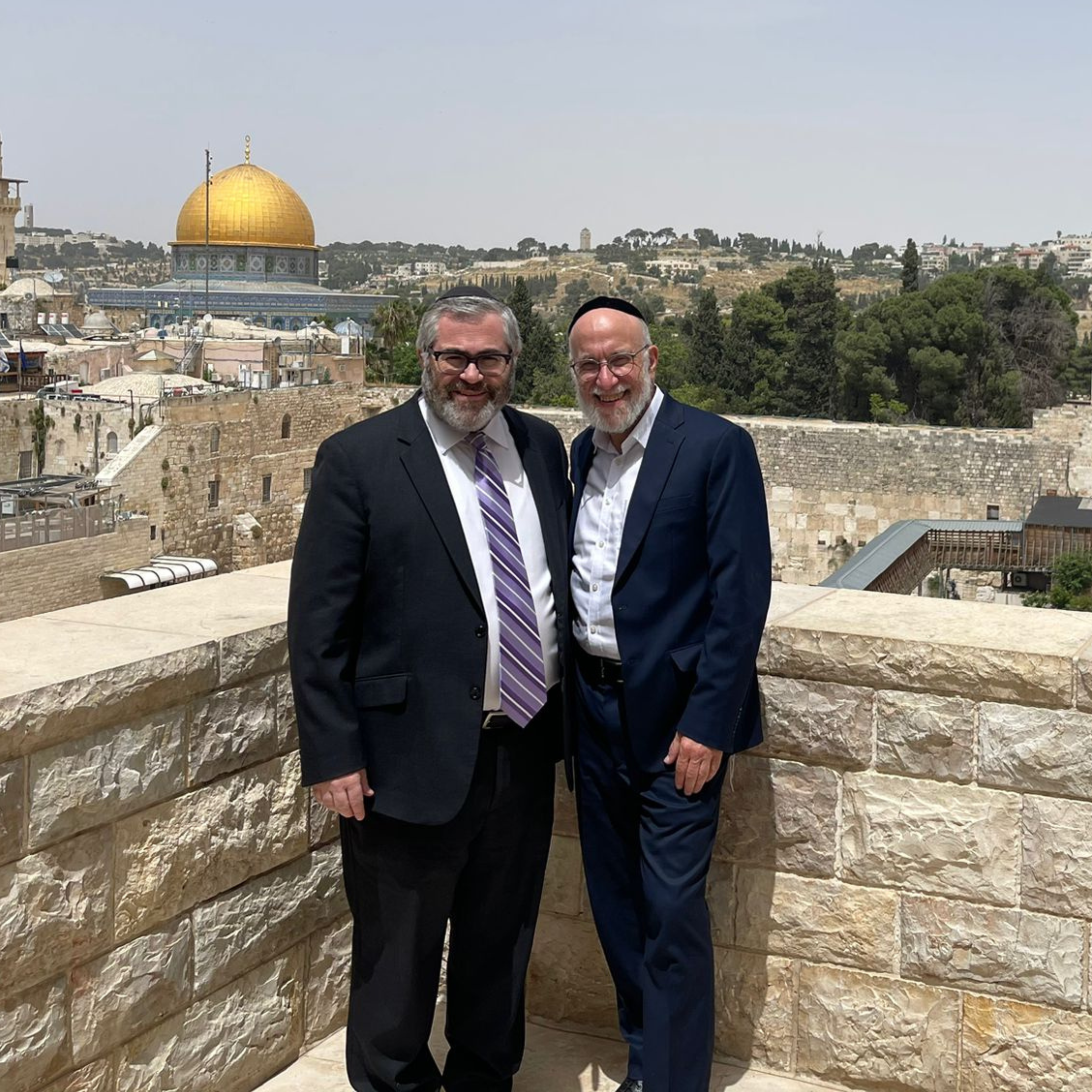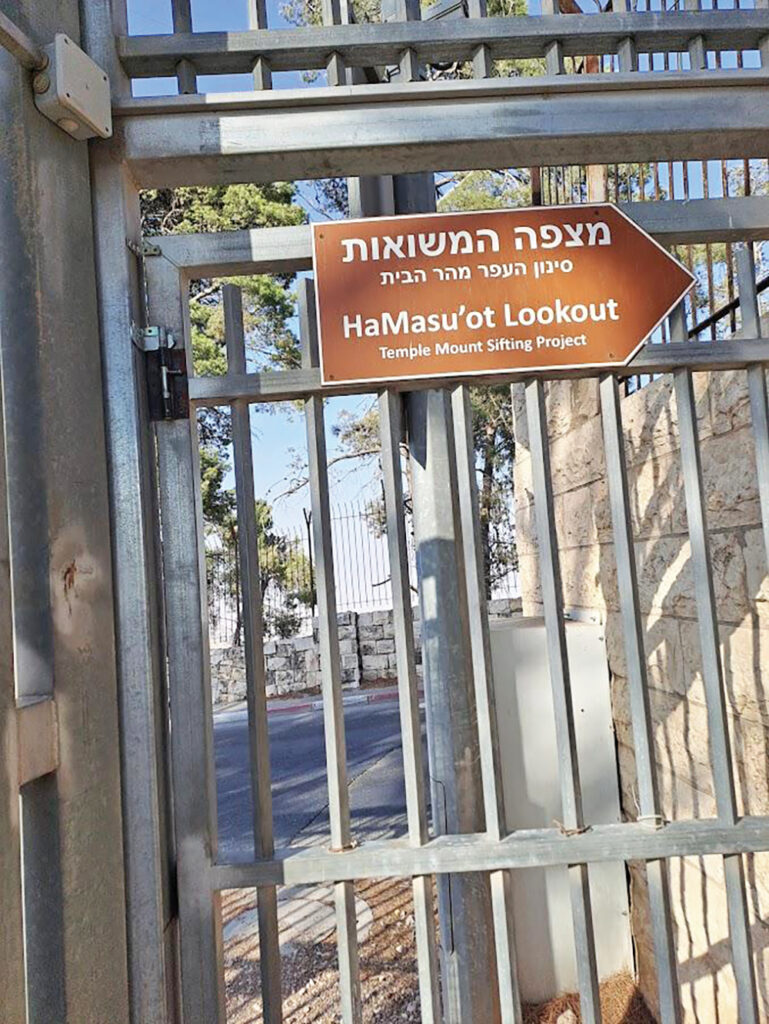
(Much of the information for this article is taken from The Temple Mount Sifting Project by Gabriel Barkay and Zachi Dvira.) A primary aspect of the Yom Kippur Mussaf service is the avodah of the Kohein Gadol in the Beit Hamikdash. It’s been almost 2000 years since this avodah was last performed. We study about it in Masechet Yoma and delve into it in the Mussaf service. We daven for the Beit Hamikdash to be rebuilt. But from an archeological perspective, how can we learn more about what happened on Har HaBayit?
There has never been a proper archeological dig on Har HaBayit primarily due to its control by the Muslim Waqf. The holiness of Har Habayit also prevents most Orthodox Jews from ascending the mountain today. However, recent illegal construction by the Waqf on Har HaBayit has provided a unique archeological opportunity.
In 1999, the Waqf decided to convert “Solomon’s Stables,” a structure on Har Habayit from the early Muslim Era (circa 700 CE) into a new mosque. This structure had been built on remains from the time of the second Beit Hamikdash. According to Israeli and international law, a proper archeological excavation must be executed before any construction may be done. This law, however, was completely ignored and heavy machinery was used to bulldoze this area of Har HaBayit. Nine thousand tons of dirt full of archeological treasures were truck-loaded off and dumped in the Kidron valley.

Some Israeli archeological students heard about the situation and began excavating and collecting artifacts from the Kidron Valley. They were initially stopped by the Israel Antiquities Authority, but as the story hit the media, they gained support from Dr. Gabi Barkay, a well-known Israeli archeologist, who backed the project. Ultimately, a systematic method for sifting through the debris was developed and the project received a license from the Israel Antiquities Authority.
Sifting through such a large amount of debris would require lots of manpower. A station was set up, first in Emek Tzurim and currently on Har Hatzofim, where volunteers can come and sift through the debris of Har HaBayit. The project took off, and volunteers and tourists from all over the world see it as a privilege to be able to participate in this special dig!
The Temple Mount Sifting Project is an excellent 2-hour activity both for families and tourists of all ages! After looking out towards a view of Har HaBayit, visitors view a short film about the project and then get to work. They are taught how to rinse the debris and sort their finds into different categories for archeologists to study later in a lab.
So what has been found in this project?
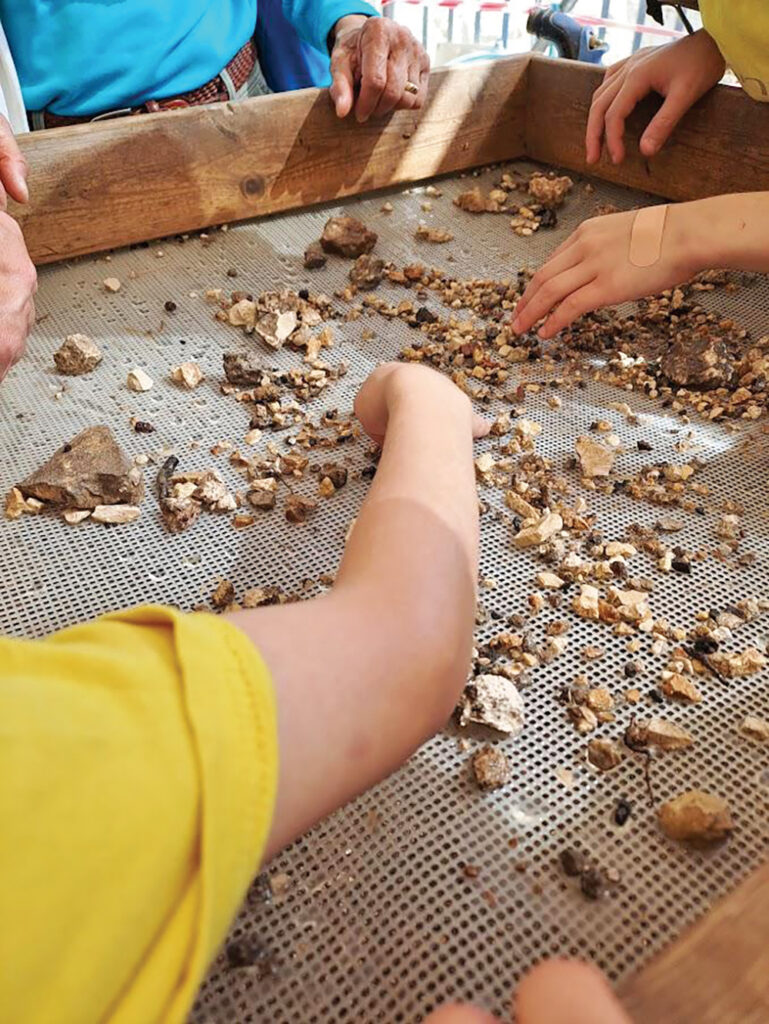
Materials found in the sifting project can be dated as far back as the time of the first Beit Hamikdash (10th century BCE) and forward. Let’s highlight a few of the more exciting finds:
A clay seal, otherwise known as a “bullae” was found from the 7th century BCE containing the names צליה and אמר in ancient Hebrew. The family of אמר was a family of kohanim mentioned in Divrei Hayamim (1 24: 14). פשחור בן אמר is mentioned in Sefer Yirmiyahu (20:1). From the back of the seal, we can tell that it was originally attached to cloth which presumably sealed a sack or vessel.
Beads and other items of jewelry were also found from the time of the first Beit Hamikdash. Most noteworthy is a very unique and ornate gold bead.
Another fascinating find is an arrowhead dated to the 10th century BCE, the time of Dovid and Shlomo HaMelech. Does this indicate that there were also armed forces stationed on Har Habayit?
There have also been exciting finds from the time of the 2nd Beit Hamikdash as well. The bones of many kosher animals such as goats and sheep were found burned from that era. Could these be the bones of the karbanot?
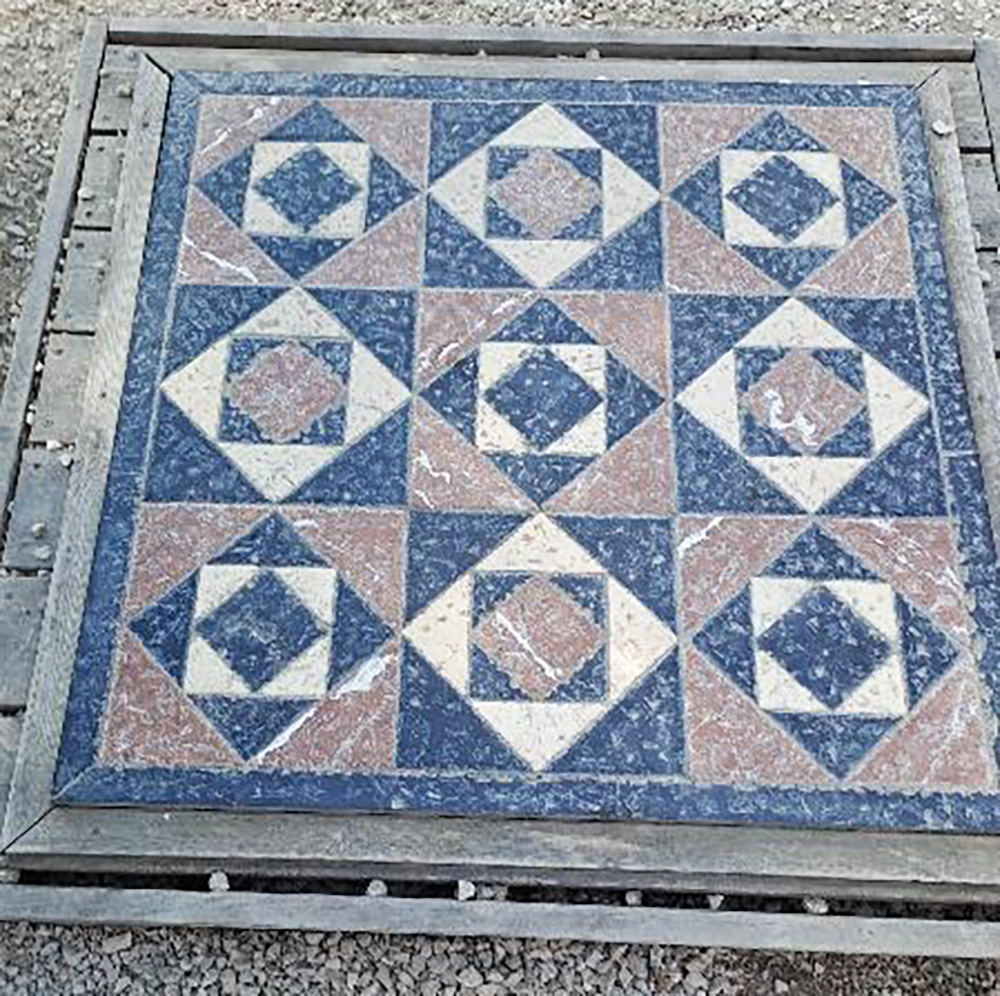
Additionally, many small fragments of tiles, called “opus sectile” in Latin have been found. The Jewish historian Josephus describes the ornate tiles in the courtyard of the Beit Hamikdash. Researchers have put together the different tiles to recreate what perhaps the tiling in the Beit Hamikdash may have looked like. You can see examples of this recreation both at the site of the Har HaBayit Sifting Project as well as in the waiting area of Ir David. Interestingly, the Gemara discusses the colors of the tiles in the the Beit Hamikdash and mentions only green, black and white tiles (בבא בתרא ד. ).
Various coins from the time of the 2nd Beit Hamikdash have also been found. One, which says חרת ציון, was minted during the Great Revolt against the Romans, prior to the destruction of the 2nd Beit Hamikdash. Another coin from this era states מחצית השקל and ירושלים הקדושה.
Roman arrowheads and large amounts of ash attest to the Churban of the Beit Hamikdash in the year 70 CE. Of course, there have been finds from other eras as well in the sifting project. Remains from the Romans, the Byzantines, the early Muslims, the Crusaders, the Mamluks and modern times have been discovered.
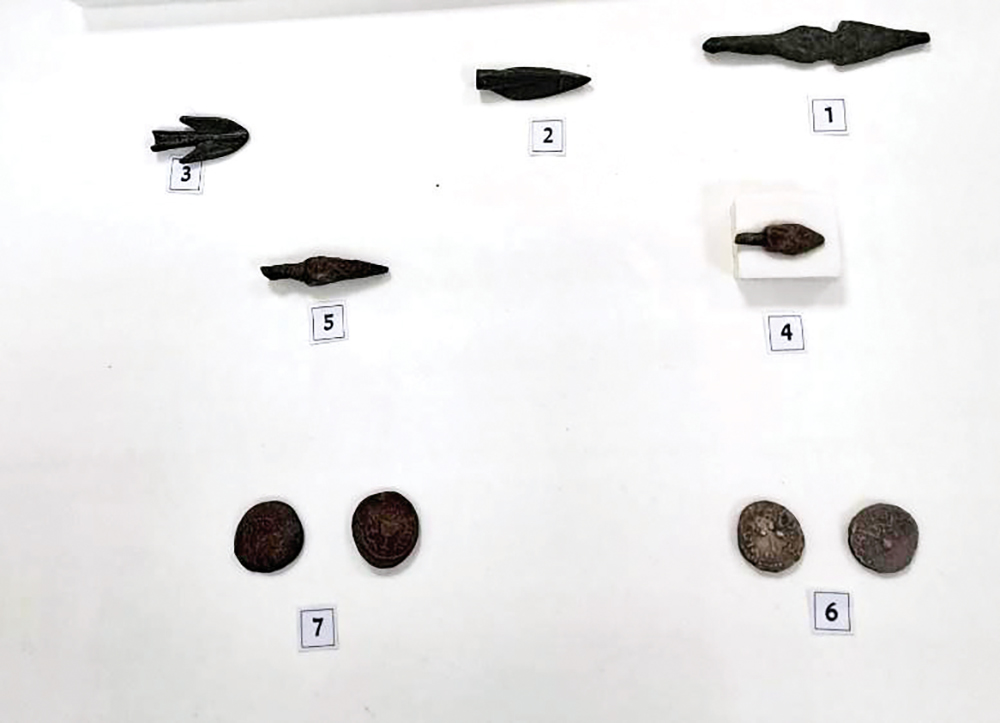
A visit to the Har HaBayit sifting project is an exciting way to connect to the many centuries of history on Har HaBayit. Nevertheless, we must not lose track of the ultimate importance of Har HaBayit- the kedushah of the Makom HaMikdash! May we merit to witness the avodah of the Kohein Gadol במהרה בימנו!
Hava Preil is an enthusiastic licensed Israeli tour guide. She grew up on the Upper West Side of Manhattan and holds an MA in Judaic Studies. Hava has developed and taught accredited courses in Tanach and Jewish Ethics for Naaleh/Woodmont College and Cybersem. She currently lives in Givat Ze’ev, Israel with her family. Hava can be reached at IL:054-844-1579, USA: 845-391-0438 or at Havapreil@gmail.com . Visit her new website Havapreiltours.com





